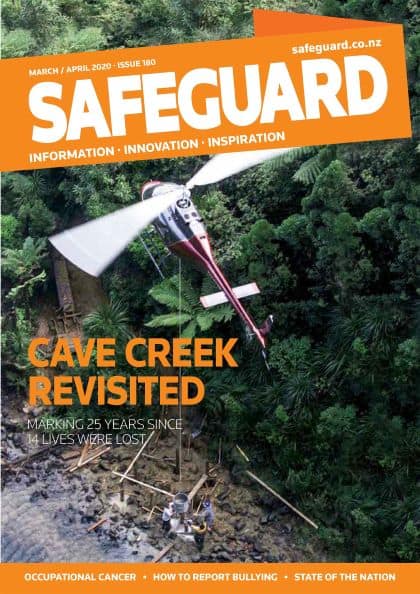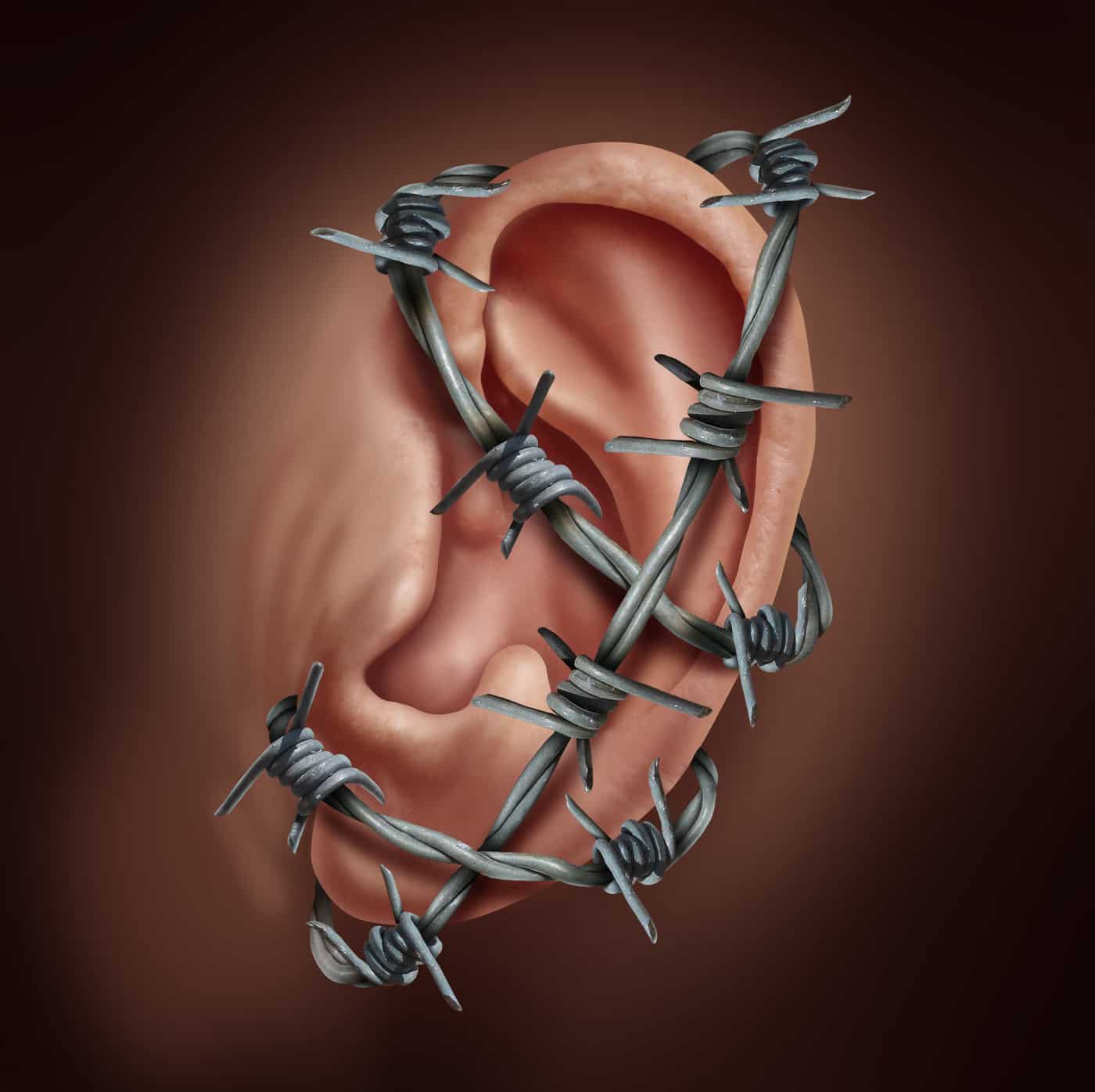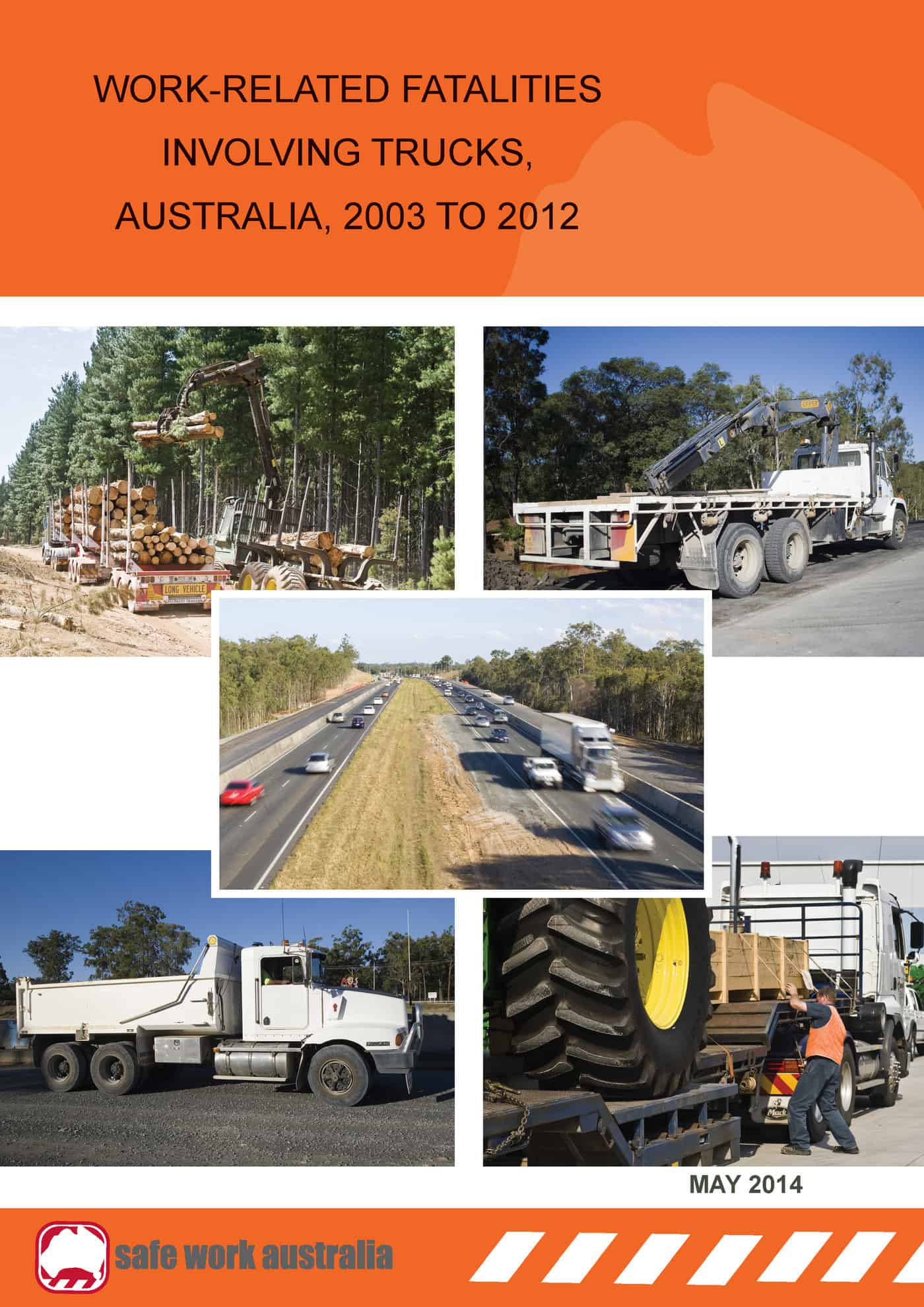Speculation is occurring about the introduction of Industrial Manslaughter (IM) amendments by the incoming Labor Government in New South Wales. It is likely, as the Australian Labor Party, when in opposition last year, introduced an IM Bill into Parliament. But Industrial Manslaughter laws promise more than they deliver as the push for these laws is based on politics rather than justice or workplace health and safety.
Category: distraction
COVID19 distraction increases OHS risks

Safeguard‘s Peter Bateman seems to have summarised the role of occupational health and safety (OHS) in this time of COVID19 well in his March/April Editorial. Why are OHS advisors still needed?
Resilience training remains contentious
The issue of resilience training and its role in managing workplace mental health continues to confuse at a recent mental health conference.
Yesterday, several experts were critical of resilience training or, more accurately, the over-reliance on worker-focussed interventions when evidence shows that more sustainable benefits are obtainable by addressing the structural factors leading to poor mental health at work. One of the experts specifically said that resilience training may be relevant to emergency services workers where their workplaces are so dynamic that it is almost impossible to anticipate mental health hazards.

Pimp your administrative controls
Safety risks increased, or created, by distraction are a problem as relevant to occupational health and safety (OHS) as it is across society. There are analogue solutions – remove the distracting devices – and technological solutions that are often embedded in the distracting device. Sometimes there are other solutions and one is being trialled at a small intersection in Melbourne.
These illuminated tactile pavers have been embedded in the footpath applying the logic that as people are looking down at their phone screens, a bright contrasting floor level background should attract their attention. These footpath lights are synchronised with the pedestrian traffic lights, basically bringing the traffic signals within the peripheral vision of pedestrians.
Several variations on this concept have been trialled around the world for traffic and pedestrian control but they may be more usefully applied in some workplaces, especially where passive hazard signs have become normalised.
Continue reading “Pimp your administrative controls”Industrial Manslaughter laws for NSW? Sizzle but no steak

Some trade union and occupational health and safety (OHS) newsletters are stating that the New South Wales Labor Party has pledged to introduce Industrial Manslaughter laws should it win this weekend’s State Election. Looking at the actual pledges shows the commitment may not be as solid as some expect and others hope.
The NSWLabor website related to workplace safety matters seems to make no commitment for the introduction of Industrial Manslaughter laws, only to discuss laws and penalties in comparison to the penalty for manslaughter under other laws:
Tinnitus can be a safety hazard
I have tinnitus. There I have outed myself along with 18% of men and 14% of women, according to a research report* from Hearing Research journal published recently. For those unfamiliar with tinnitus it is a persistent buzzing or ringing in one’s ears usually caused by exposure to loud noise. It is relevant to occupational health and safety (OHS) in a number of ways:
- It needs to be considered in issues of communication
- Tinnitus can be distracting
- Tinnitus may be a symptom of poor noise management practices at work.
 The research study conducted by David Moore and others was focusing on “lifetime leisure music exposure” so workplace noise is mentioned in the report only in passing.
The research study conducted by David Moore and others was focusing on “lifetime leisure music exposure” so workplace noise is mentioned in the report only in passing.
It is common that unless a worker is deaf or seen signing, the default assumption is that everyone’s hearing is undamaged. The research data above shows that the assumption is false.
Missed lessons from work-related traffic incidents
 In early 2014 a truck driver drove his vehicle into an intersection, collided with a car resulting in the death of four out of five members of one family. The truck driver, Jobandeep Gill, has been sentenced to 10 years jail. Video of the incident site shows a company name on the side of the van. It is not possible to determine who Gill was driving for or what his employment status was but, regardless of this, it seems a work vehicle was involved in the death of four people, and therefore occupational safety laws (OHS) may have been broken.
In early 2014 a truck driver drove his vehicle into an intersection, collided with a car resulting in the death of four out of five members of one family. The truck driver, Jobandeep Gill, has been sentenced to 10 years jail. Video of the incident site shows a company name on the side of the van. It is not possible to determine who Gill was driving for or what his employment status was but, regardless of this, it seems a work vehicle was involved in the death of four people, and therefore occupational safety laws (OHS) may have been broken.
It is accepted by OHS regulators that a truck is a workplace for the driver and that OHS responsibilities of all workers include
“… take reasonable care for the health and safety of persons who may be affected by the employee’s acts or omissions at a workplace…” (Section 25 of the Victorian OHS Act 2004)
On 25 November 2015, Dr Rwth Stuckey stated at an ISCRR seminar that:
“WRR (work related road) crashes [are the] leading cause of traumatic work-related fatality & injury in most westernised countries.”
So why don’t OHS regulators follow-up WRR crashes by interviewing the truck owners or the employers of the drivers? Perhaps statistics don’t support Dr Stuckey?

